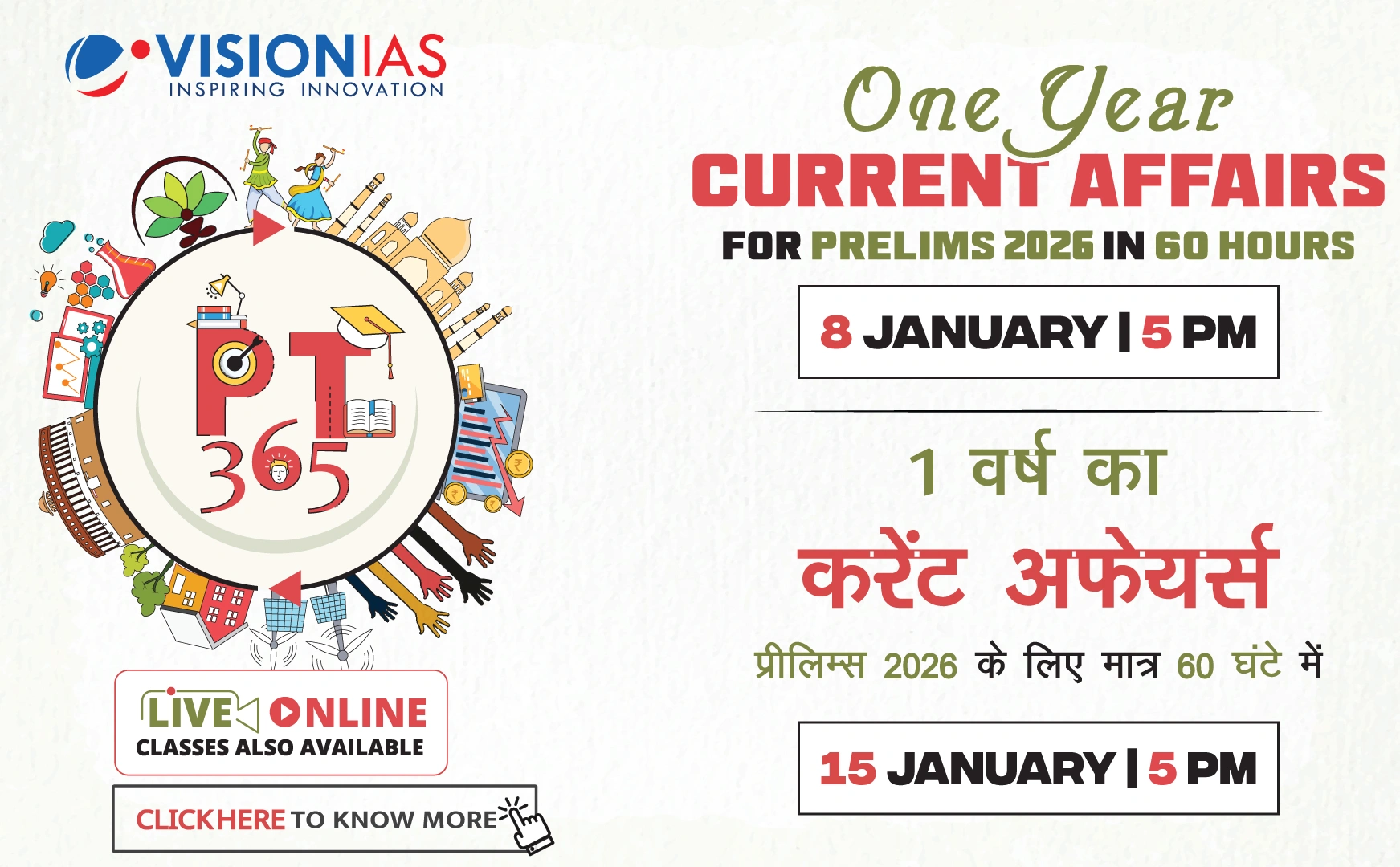Judicial Review and Separation of Powers in India
The Supreme Court of India has come under criticism from some sectors of the ruling MPs and Vice-President concerning the separation of powers and the principle of checks and balances within the government.
Judicial Intervention
- The Supreme Court was asked to direct the Centre to act under Articles 355 and 356 regarding violence in West Bengal.
- Court intervention was also requested to manage obscene content on online platforms.
- The Calcutta High Court ordered the deployment of Central forces in Murshidabad, West Bengal, due to violence.
Constitutional Role of Judiciary
Judicial review is a cornerstone of India's constitutional democracy, allowing the judiciary to assess the compatibility of executive and legislative actions with the Constitution.
- Article 13: Empowers the judiciary to annul laws infringing on fundamental rights.
- Articles 32 and 226: Enable the Supreme Court and High Courts to issue writs to enforce fundamental rights and beyond.
Checks and Balances
The judiciary is not subordinate to the legislature and is crucial in maintaining the rule of law, safeguarding it from public opinion pressures that legislators may represent. Constructive friction among state institutions fosters governance stability.
Concerns Over Legislative Supremacy
Majoritarian arguments suggesting legislatures can pass any law undermine accountability, which is already strained by the diminishing distinction between the executive and legislature. Legislative supremacy threats could destabilize democracy rather than strengthen it.
Recent Court Actions
A Supreme Court judgment reinforced the authority of elected legislatures by establishing timelines for the Governor and President concerning laws passed by the Assembly, counteracting arbitrary executive actions.



